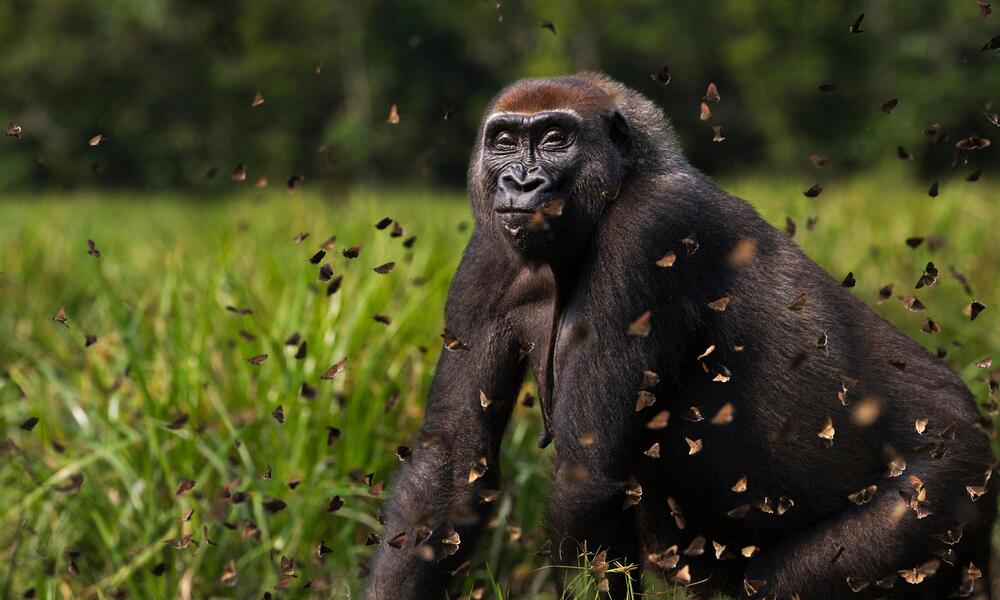Learn more about our impact
Learn more about our impact
- What we care about
- People
- Places
- Species
- Climate crisis
- Sustainability
- How we work
- Public policy
- Science
- Business
- Wildlife conservation
About WWF
WWF works to sustain the natural world for the benefit of people and wildlife, collaborating with partners from local to global levels in nearly 100 countries.

 Cross River Gorilla
Cross River Gorilla
 Mountain Gorilla
Mountain Gorilla
 Western Lowland Gorilla
Western Lowland Gorilla
 Eastern Lowland Gorilla
Eastern Lowland Gorilla



 Bas Huijbregts
African Species Director, Wildlife Conservation Program
Bas Huijbregts
African Species Director, Wildlife Conservation Program
 Chimpanzee
Chimpanzee
 Orangutan
Orangutan
 Black Spider Monkey
Black Spider Monkey
 Bonobo
Bonobo
 African Elephant
African Elephant
 African forest elephant
African forest elephant